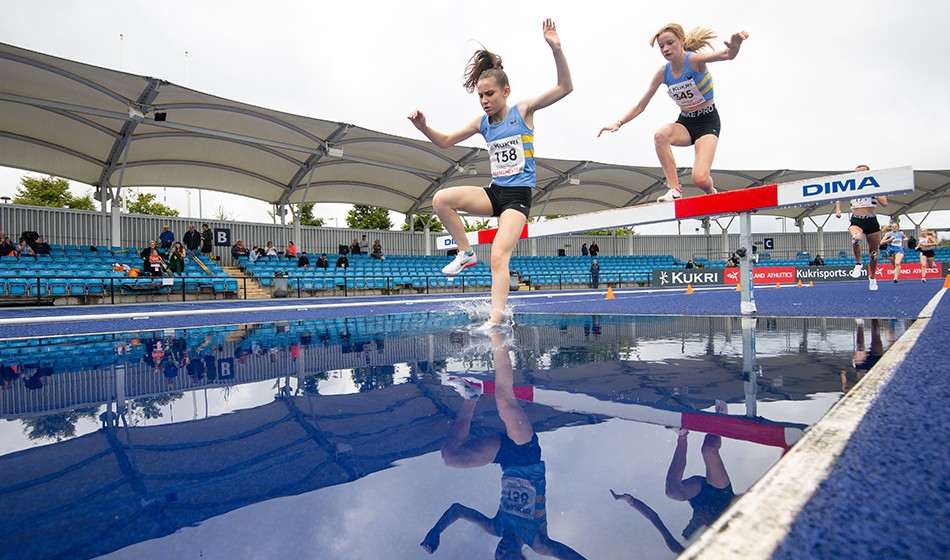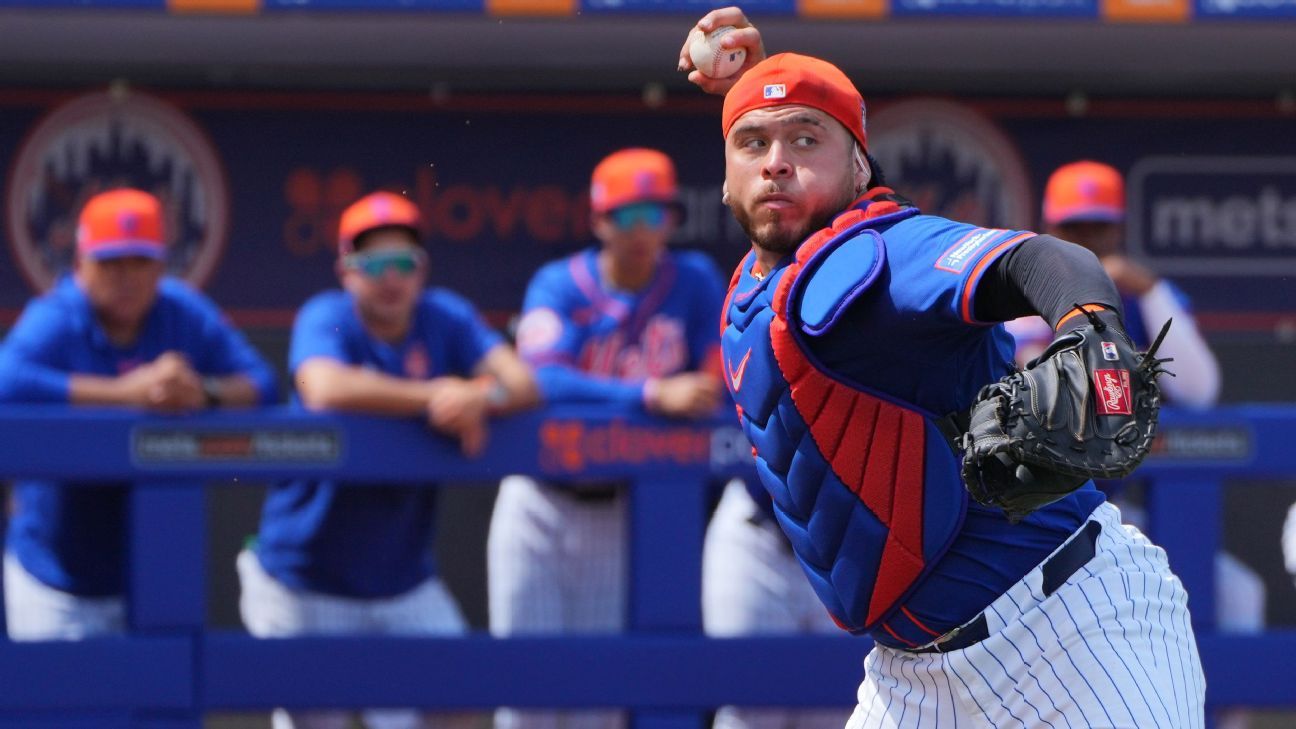
England Athletics joins forces with Podium Analytics to begin much-needed research into why injuries happen to teenagers and how they can be avoided
Since time immemorial athletics has been bedevilled with what’s widely referred to as ‘teenage burn-out’. For every Dina Asher-Smith, Keely Hodgkinson or Katarina Johnson-Thompson who break through on to the world stage, there are hundreds, maybe thousands, of young athletes in England alone whose dreams disappear during the notoriously tricky transition into senior, or adult, athletics.
It has been well documented by AW many times over the years. Mel Watman, for example, the long-time AW editor, noted that only seven athletes from the 2006 English Schools Track & Field Championships (an event often dubbed the Kids’ Olympics and featuring close to 2000 competitors) actually made it to the London Olympics in 2012.
Most of the 90 winners at those 2006 English Schools Championships, in fact, had totally vanished from the sport by the time London 2012 rolled around. “My research,” he wrote, “was alarming and confirmed the impression that far too many of our most promising athletes fall by the wayside, often before they even reach their 20s.”
READ MORE: What happened to the English Schools class of 2006
In 2009 Lewis Lloyd was one of 10 athletes who raced in the English Schools intermediate boys’ 1500m final and he later wrote a feature for AW where he charted the progress, or to be more accurate lack of progress, of his rivals from that race and found that only one runner, the sixth-placed Charlie Grice, reached true international level.
Then there was the study by heptathlete Karla Drew in 2018 where she discovered more than half of Britain’s top athletes in the under-20 age group failed to improve their PBs once they got into their 20s.
The governing body England Athletics looked at 24,854 athletes aged 13 to 19 who competed in track and field in 2016 (71% of them members of affiliated clubs) and found that 43% of them did not compete again the following year.
Similar figures existed from 2017-18 and the rate of attrition was highest among 16 and 17-year-olds, who failed to return at a rate of 30% each year.
Research into ‘why’ this happens is relatively sparse. The reasons range from educational demands and the attraction of other sports (not to mention the opposite sex) to questionable coaching techniques or lack of facilities to sheer disinterest and lack of motivation.
Injuries are also a huge factor, but which injuries are the most prevalent? Are they ‘curable’? What’s more, are they avoidable for athletes who are ultimately striving to get the most out of their potential and therefore regularly treading the fine line between fitness and injury?
There could be light at the end of the teenage injury tunnel, though. England Athletics has teamed up with Podium Analytics, a non-governmental organisation and charity committed to reducing injuries in sport. Together they aim to focus on reducing the incidence and impact of injury in athletics in 11-18-year-olds.
“A key focus of the partnership,” they say, “is to better manage the physical load of young athletes and see the link between (over)exposure to sporting activity and the type, and number, of injuries incurred.”
English Schools 100m inter boys, 2019 (Mark Shearman)
England Athletics and Podium add they “will, over time, be able to better understand why injuries occur and how they can be avoided in athletes aged 11-18 – a critical stage in shaping the lifelong health and wellbeing of an individual”.
Initially, Podium’s ‘Injury Insight Platform’ will be available for athletes aged 16-18 years who are part of England Athletics’ Youth Talent Programme. This will enable England Athletics’ coaches, schools and clubs to record the hours of sporting activity and any injuries that occur for each young athlete they teach.
“At England Athletics, our focus is on athlete welfare and ensuring athletics is an inclusive sport where everyone can flourish. That means taking injury and recovery extremely seriously,” says EA chief executive Chris Jones.
“As such, we are delighted to be partnering with Podium, whose platform will allow us to better understand our young athletes’ injury profiles and the activity they undertake at school and in clubs – something we’ve had no accurate way of measuring until now.
“Participation in all sport is something we encourage, especially in young people, but we need to find ways to prevent and manage injury better if we are to protect athletes in the long term.”
READ MORE: Reducing drop-out rates in athletics
Stephen Jones, chief operating officer of Podium Analytics, added: “Like us, England Athletics are determined to reduce injury in youth sport. Amongst other things, the data collected on our platform will be instrumental in helping England Athletics and the Podium Analytics Institute for Youth Sports Medicine and Technology at the University of Oxford better understand the links between exposure to sport and injury occurrence in youth athletics.
“The Podium platform is delivered at no cost and we encourage any of England Athletics’ partner schools to contact Podium to join our ground-breaking programme.”
A number of years ago I saw staff from UK Athletics gathering information from athletes at the English Schools Championships in Sheffield as part of a study into teenage drop-out rates. Like many initiatives, it possibly ended when a sponsorship deal ran out or a key person driving the scheme swapped jobs.
Hopefully the new research by England Athletics and Podium Analytics will stand the test of time and ultimately result in more talented teenage athletes staying in the sport – and knocking out PBs – as they move into their 20s.















 Phone: (800) 737. 6040
Phone: (800) 737. 6040 Fax: (800) 825 5558
Fax: (800) 825 5558 Website:
Website:  Email:
Email: 






